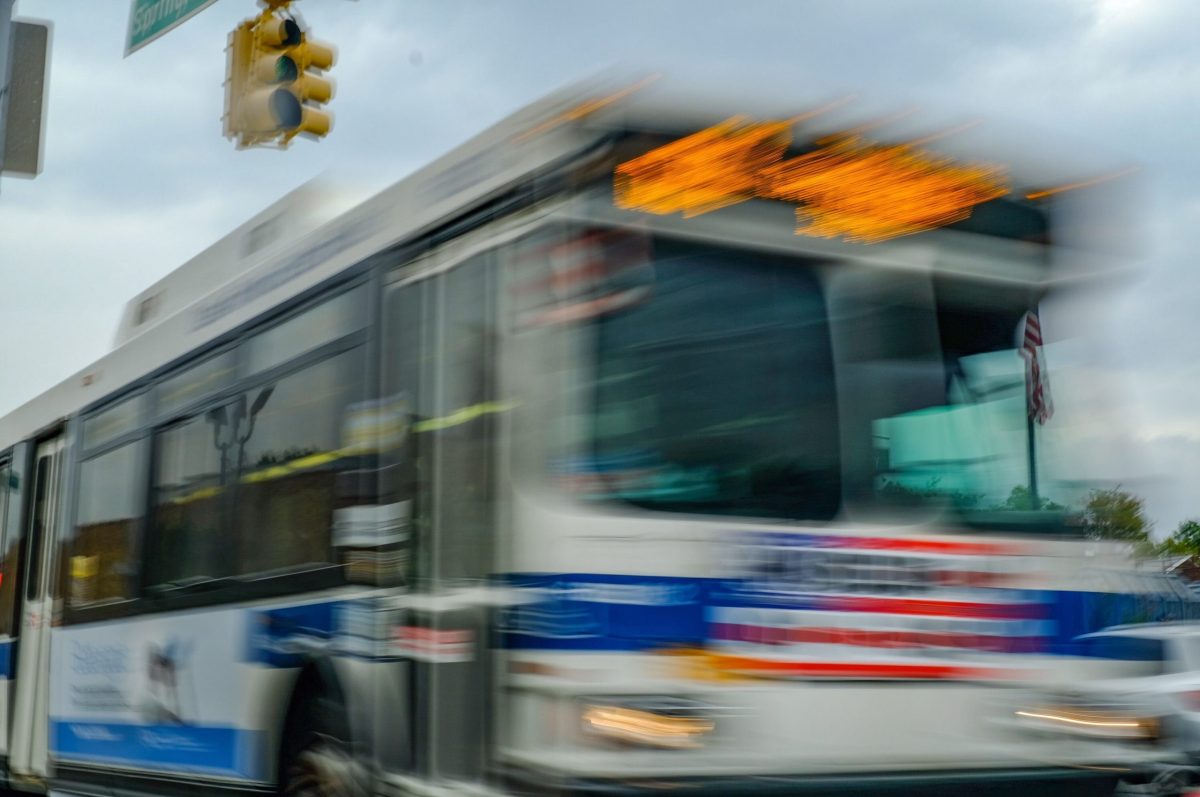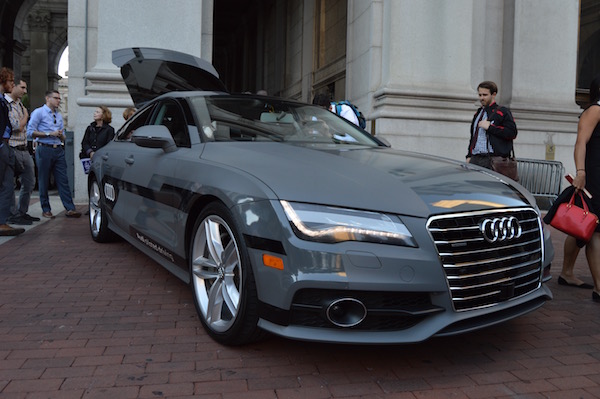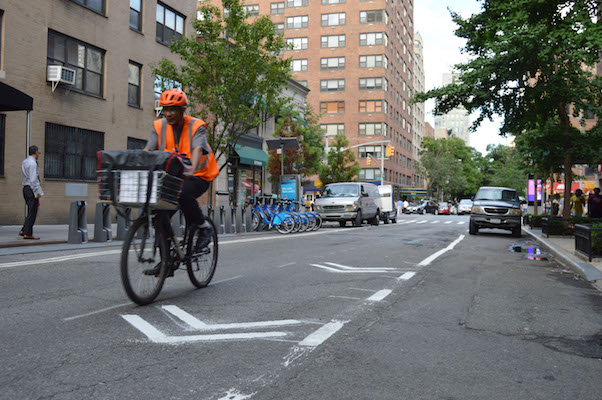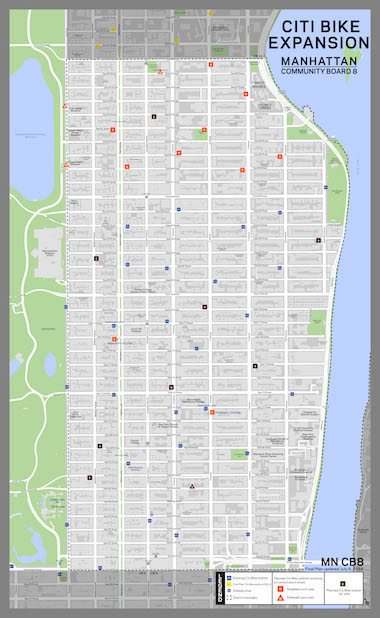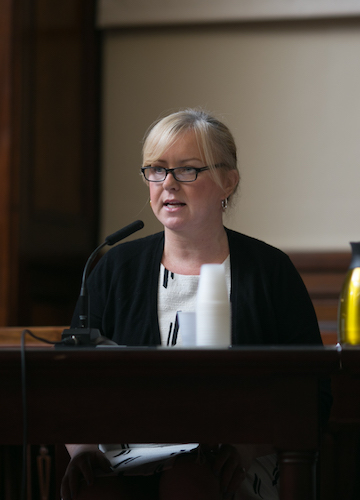A Queens Supreme Court judge has rejected a bid by business owners to waylay the city Department of Transportation’s (DOT) busway on Main Street in Flushing.
At first glance, it would seem the months-long litigation was not more successful than any other attempts by mass transit naysayers to halt the city in their tracks when it comes to dedicating space to buses for improved commute times, court papers revealed on Tuesday.
“This ruling is more than just good news for the 150,000 New Yorkers who will use the Flushing Main Street busway every day,” Mayor Bill de Blasio said. “It’s a victory for everyone who believes that mass transit is the future of this city and the engine of our economic recovery. New York City is proud to offer safe, reliable, and fast transit options for riders in Queens and across the five boroughs, and we look forward to building on this success with even more Better Buses initiatives this coming year.”
Documents showed that the Article 78 petition, which put a temporary restraining order on the project, was summarily denied by Judge Kevin Kerrigan and DOT’s busway between Sanford Avenue and Northern Boulevard will remain in place under Mayor Bill de Blasio’s Better Buses Action Plan.
“Today’s decision is a huge victory for 150,000 bus riders across Queens and the Bronx. Citywide, judges have now ruled decisively that when riders win well-deserved priority on busy streets, opponents can’t sue and get their way,” Riders Alliance Senior Organizer Jolyse Race said on Jan. 5. “Just as Trump and his supporters can’t overturn the vote, neither can courts ‘invade the province’ of transportation policymakers on behalf of a few rich NIMBYs.”
The Flushing Chinese Business Association and attorney Randall Eng launched the suit over the summer claiming there had been little input from the community and charging that the majority of foot traffic along the commercial corridor got the via private auto.
“It’s not a final disposition, he has simply vacated the temporary restraining order and denied a preliminary injunction,” Eng explained. “Our Article 78 proceeding has not been dismissed, he must decide that. So it is still open, but he has denied to provisional relief that we sought. He denied a preliminary injunction that would have been in place until the matter was decided.”
Eng, however, said this is not over depending on how far his client planned to go, in which case it would head to an appeals court.
“The middle of a pandemic is not the time to experiment with a transportation policy that will further harm our local businesses by discouraging car travel and clogging our side streets,” Councilman Peter Koo said. “Flushing is not Manhattan, and while I’m disappointed in the court’s decision, I am more disappointed at the mayor’s insistence to push this through against our community’s wishes.”
Koo led the charge against the busway plan over the summer, leaping in defense of business owners who were not buying narrative that their customers were not in revolution around the Long Island Rail Road, 7 train stations with connections to up to 11 different bus lines.
“This is great news for people working in and traveling to and from downtown Flushing – busways have proven to speed up transportation for large amounts of travelers in an environmentally and community-friendly way, and have the potential to bring more shoppers to a commercial district than cars alone ever could,” Craig Cipriano, president of MTA Bus Company said. “We look forward to operating a more efficient and reliable service in this part of Queens once this busway is in place, and everywhere as more busways are installed across the city.”
Judge Kerrigan was not completely convinced that the busway should proceed based on the traffic maps provided to him by the city, as his concluding remarks indicate.
“How efficacious the Busway player will be or what precisely its impact will be upon the community, if any, is presently unknown. Although petitioners have not shown that the determination to implement the Busway plan was made arbitrarily and irrationally, and thus have failed to demonstrate a likelihood of success on the merits of their article 78 petition, looking at the proposed new traffic maps does make this court wonder whether the plan, as currently drawn, is a wise one,” the final paragraph read.
Kerrigan’s comments regarding these doubts about the plan itself were admittedly irrelevant, the statement reads.



